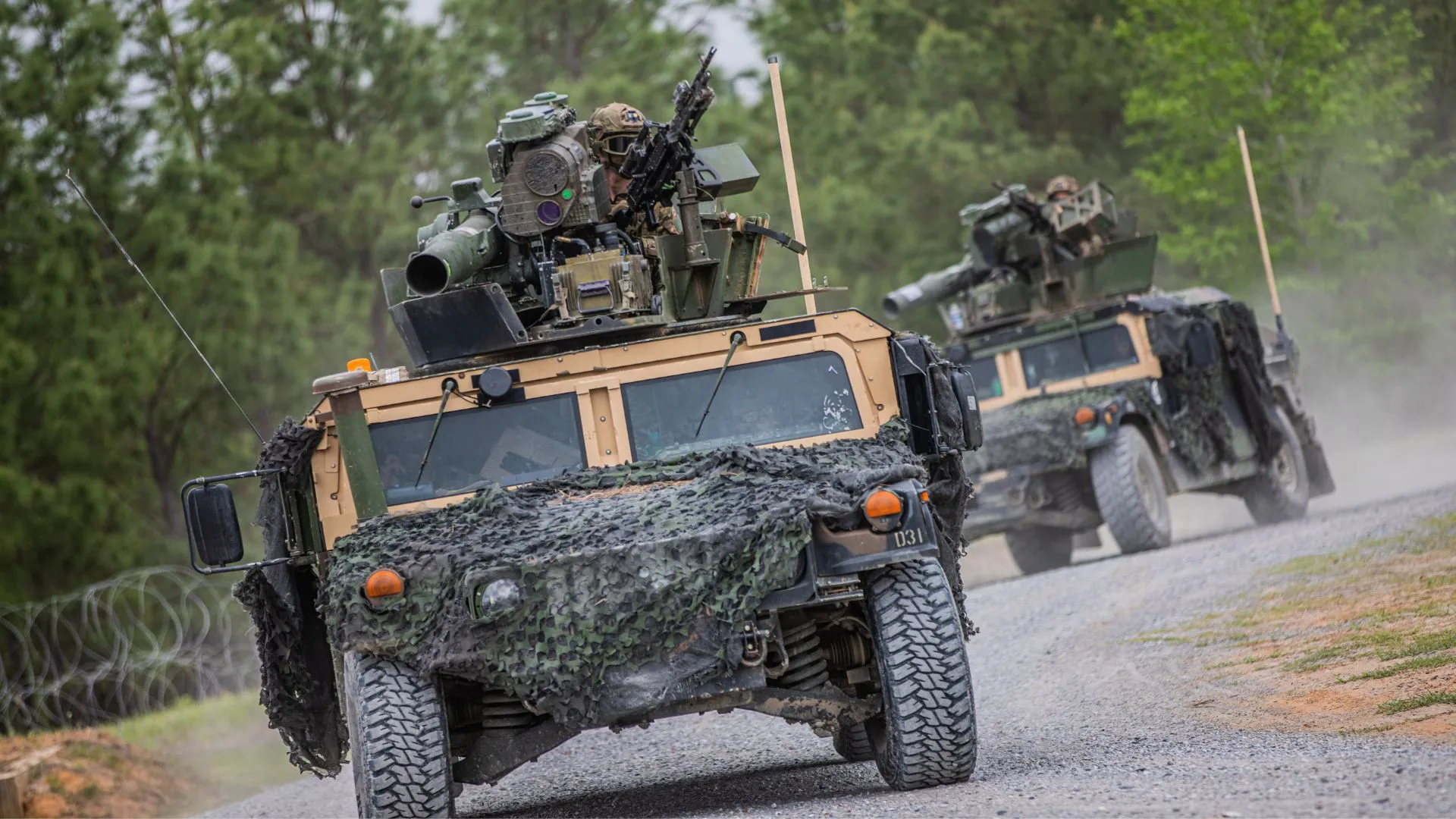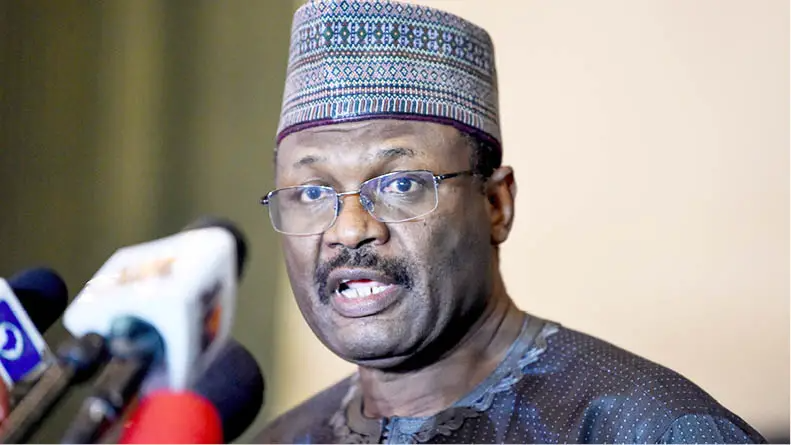
Military strength has always been one of the clearest measures of national power. While economic influence and diplomacy shape a country’s role in the world, the ability to defend its borders and project force abroad remains a decisive factor in global affairs.
A strong military depends on many elements: the size of its armed forces, defense spending, advanced technology, nuclear capability, and the capacity to operate across land, air, sea, and even space.
In 2025, several nations stand out for combining vast manpower with modern weapons, strong budgets, and the ability to influence events far beyond their borders. Here are the 10 most powerful militaries in the world today.
United States
The United States remains far ahead of the pack with a defense budget of nearly 900 billion dollars and more than 2.1 million personnel. Its power comes from global reach: 11 nuclear-powered aircraft carriers, the largest fleet of stealth aircraft, and over 750 overseas bases. Beyond numbers, the U.S. leads in drone warfare, cyber capabilities, and space operations, giving it an unmatched ability to project force worldwide.
Russia
Russia maintains the world’s largest nuclear arsenal and fields a total force of around 3.5 million personnel, supported by about 126 billion dollars in annual defense spending. Its tank and artillery strength remains unmatched, and its military has extensive combat experience. While sanctions strain its economy, Moscow invests heavily in hypersonic weapons and advanced air defenses, ensuring it stays a key military player in Europe and beyond.
China
China has transformed its armed forces with a defense budget of about 267 billion dollars and over 3.1 million personnel. It now operates the world’s largest navy by ship numbers and has rolled out stealth fighters like the J-20 alongside advanced missile systems. Beijing also emphasizes cyber warfare, space technology, and artificial intelligence, making its military modernization one of the fastest in history. Its focus is on challenging U.S. influence in the Indo-Pacific.
India
India’s armed forces number more than 5.1 million personnel, backed by an annual defense budget of around 75 billion dollars. It maintains nuclear weapons and a credible delivery system, alongside a growing naval fleet in the Indian Ocean. India also invests in indigenous programs like the Tejas fighter jet and Arihant-class submarines, though modernization gaps remain. With its size, location, and ambitions, India is a major force in Asia’s strategic balance.
South Korea
South Korea spends about 46 billion dollars on defense and fields a military force of nearly 3.8 million personnel. Living under the constant threat of North Korea, it has developed advanced missile defense systems, modern fighter jets, and cutting-edge armored vehicles. Its strong domestic defense industry and reliance on U.S. extended deterrence make it one of the most technologically advanced militaries in Asia.
United Kingdom
The United Kingdom maintains around 1.1 million personnel including reserves and spends close to 72 billion dollars annually. Its military is highly modern, featuring nuclear-armed submarines, two aircraft carriers, and F-35 fighters. The U.K.’s influence also comes from intelligence networks, cyber warfare capacity, and its ability to mount overseas operations, keeping it a critical global power despite its smaller size compared to rivals.
France
France fields about 376,000 personnel and spends nearly 55 billion dollars on defense. It is one of the few countries with a full nuclear triad, backed by the Rafale fighter jet fleet and the nuclear-powered aircraft carrier Charles de Gaulle. France’s overseas territories give it global reach, while its leadership in EU defense and investments in cyber and space warfare underscore its independent power projection capability.
Japan
Japan has about 328,000 personnel and a defense budget of around 57 billion dollars. Constitutionally limited to self-defense, it nevertheless maintains some of the most sophisticated military technology in the world. With Aegis destroyers, advanced submarines, and F-35 jets, Japan emphasizes naval and missile defense. Rising regional tensions have pushed Tokyo to expand its military spending, signaling a more assertive defense posture.
Turkey
Turkey sustains a force of around 883,000 personnel with an annual defense budget of about 47 billion dollars. Its strength lies in a growing domestic defense industry, producing world-renowned drones like the Bayraktar TB2. Geographically positioned at the crossroads of Europe, Asia, and the Middle East, Turkey combines regional influence with active NATO participation, making it a unique military power.
Italy
Italy’s armed forces include about 289,000 personnel, supported by a defense budget of roughly 31 billion dollars. It operates two aircraft carriers, modern fighter jets, and a capable naval fleet. As a NATO member, Italy’s role in European and Mediterranean security is significant. Its versatile and well-balanced force allows it to contribute effectively to international missions while securing its own region.
The rankings and figures are based on publicly available defense data and assessments from the Global Firepower Index 2025.



